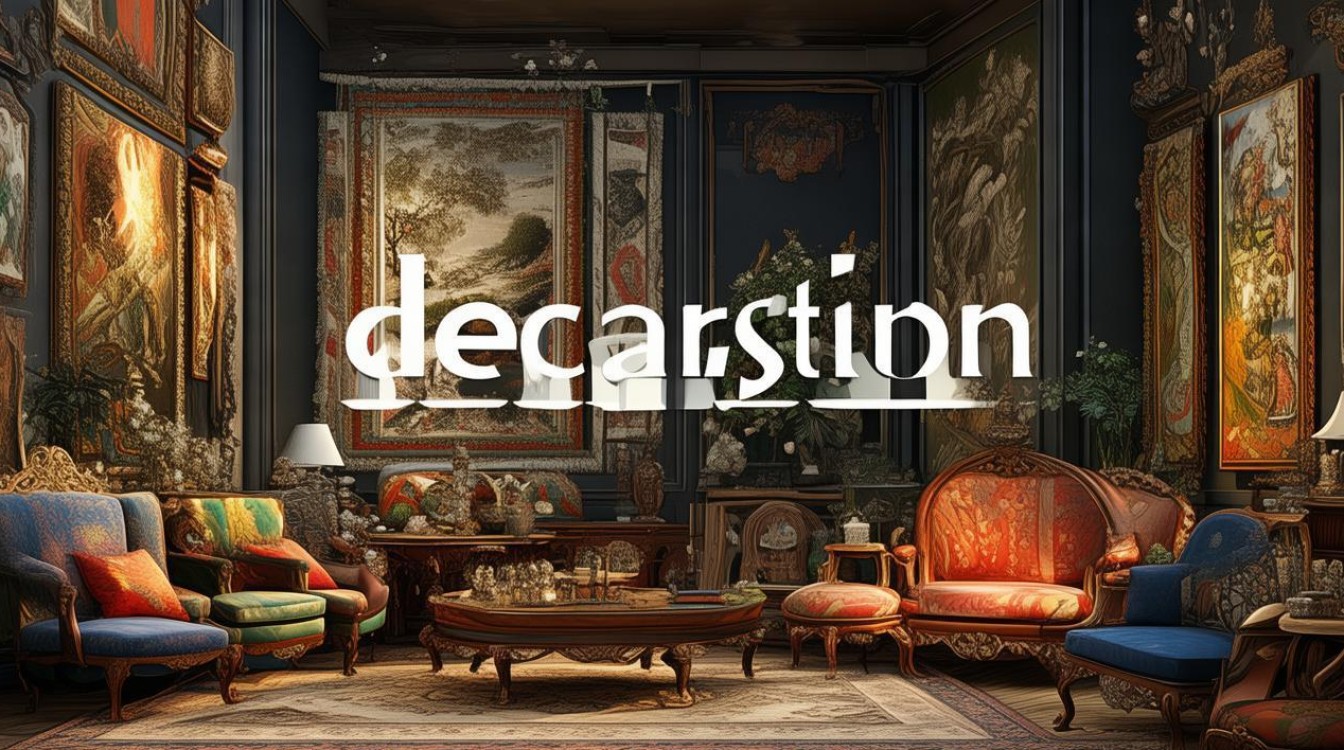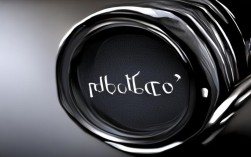在雅思口语考试中,“decoration”是一个高频且实用的主题,它不仅与日常生活紧密相关,还能考察考生描述事物、表达偏好以及阐述观点的能力,无论是谈论家居装饰、节日布置,还是文化符号的象征意义,合理运用与“decoration”相关的词汇和表达,都能让口语回答更加生动丰富,以下将从多个维度解析这一主题,帮助考生构建有逻辑、有细节的回答框架。

Decoration的基本概念与分类
“Decoration”一词涵盖范围广泛,从广义上讲,指通过色彩、图案、物品等元素对空间或物体进行美化的行为或结果,根据应用场景,可大致分为以下几类:
| 分类 | 常见形式 | 相关词汇 |
|---|---|---|
| 家居装饰 | 墙画、窗帘、地毯、绿植、摆件、灯光设计 | minimalist (极简的), vintage (复古的), ornate (华丽的), cozy (舒适的) |
| 节日装饰 | 圣诞树、春节灯笼、万圣节南瓜灯、生日气球 | festive (节日的), symbolic (象征性的), vibrant (鲜艳的), traditional (传统的) |
| 文化装饰 | 图腾、传统手工艺品、民族服饰、纪念品 | cultural (文化的), heritage (遗产), authentic (真实的), symbolic (象征性的) |
| 临时性装饰 | 婚礼现场布置、展会装饰、派对装饰 | temporary (临时的), elaborate (精心制作的), themed (主题的), eye-catching (吸引眼球的) |
如何描述Decoration细节
在口语考试中,考官常会要求“describe a decoration you like”或“talk about a well-decorated place”,需从多个角度展开细节,避免泛泛而谈。
视觉与感官描述
- 颜色与图案:“The wall hanging in my living room has a geometric pattern in shades of blue and white, which makes the space feel calm and airy.”(我客厅的挂毯有蓝白几何图案,让空间显得宁静通透。)
- 材质与质感:“The wooden photo frame has a rough, textured surface, adding a rustic touch to the modern room.”(这个木质相框表面粗糙有质感,为现代感的房间增添了乡村气息。)
- 光影效果:“Fairy lights wrapped around the mirror create a warm glow at night, perfect for relaxing.”(缠绕在镜子上的串灯在夜晚散发温暖光芒,非常适合放松。)
情感与象征意义
装饰往往承载个人情感或文化寓意。“The Chinese knot hanging on my door symbolizes good luck and family unity. It was a gift from my grandmother, so it also reminds me of her love.”(门上的中国结象征好运和家庭团结,也是奶奶送的礼物,让我感受到她的爱。)
功能与场景结合
描述装饰时,可联系其实际用途。“The potted succulents on my windowsill not only purify the air but also add a pop of green to the room, making it feel more alive.”(窗台上的多肉植物不仅能净化空气,还为房间增添了一抹绿色,让空间更有生机。)
Decoration相关的个人经历与观点
个人偏好
在回答“Do you like decorating your home?”时,可结合自身习惯:
- “Yes, I enjoy rearranging furniture and adding small decorations like candles or vases to change the vibe of my room. It’s a way to express my personality.”(是的,我喜欢重新布置家具,添加蜡烛或花瓶等小装饰来改变房间氛围,这是表达个性的一种方式。)
- “I prefer a minimalist style, so I only keep a few meaningful decorations, like a travel souvenir or a painting by my friend. Too many items make the space feel cluttered.”(我更喜欢极简风格,所以只保留有意义的装饰,比如旅行纪念品或朋友画的画,物品太多会让空间显得杂乱。)
文化差异
对比不同文化的装饰特点,展现思辨能力:
- “In Western countries, people often use Christmas trees and wreaths during holidays, while in China, red lanterns and paper-cuts are more common. These decorations reflect different cultural traditions and values.”(西方国家节日常用圣诞树和花环,而中国则更偏爱红灯笼和剪纸,这些装饰反映了不同的文化传统和价值观。)
环保与可持续性
提及现代装饰趋势,体现社会意识:
- “Nowadays, more people are choosing eco-friendly decorations, like recycled materials or second-hand furniture. It’s not only stylish but also good for the environment.”(现在越来越多人选择环保装饰,比如回收材料或二手家具,这不仅时尚,还对环境有益。)
高频词汇与句型积累
核心动词
- adorn (装饰), embellish (美化), spruce up (收拾), deck out (布置), customize (定制)
- 例句:“I spent the weekend decking out my bedroom with fairy lights and posters to create a cozy vibe.”(我周末用串灯和海报布置了卧室,营造出温馨的氛围。)
形容词搭配
- Aesthetic (美学的), harmonious (和谐的), eye-catching (吸引眼球的), understated (低调的), elaborate (精致的)
- 例句:“The combination of vintage furniture and modern wall art creates a harmonious and aesthetic look.”(复古家具与现代墙画的组合营造出和谐美观的效果。)
表达观点的句型
- “I believe decorations are more than just ornaments; they reflect our lifestyle and emotions.”(我认为装饰不仅仅是摆件,更反映了我们的生活方式和情感。)
- “From my perspective, a well-decorated space can boost our mood and productivity.”(在我看来,布置得当的空间能提升心情和效率。)
FAQs
Q1: How can I extend my answer when describing a decoration?
A1: To extend your answer, use the “DESC” method: Description (外观描述,如颜色、形状), Emotion (情感连接,如它带给你的感受), Situation (场景细节,如在哪里、如何使用), Comparison (对比或联想,如与其他装饰的不同),描述一盏台灯时,可先说它的颜色和材质(D),再说它每晚陪伴你阅读带来的温暖感(E),接着提到它放在书桌上的位置(S),最后对比之前用的冷光灯,强调它更护眼且氛围感更强(C)。
Q2: What if I don’t know specific decoration vocabulary? How can I explain it simply?
A2: 遇到陌生词汇时,可用“功能+特征”的方式解释,若不知道“wall hanging”(挂毯),可描述为:“It’s a large piece of cloth with patterns that you hang on the wall to make the room look nicer.”(一块带图案的大布,挂在墙上让房间更好看。)善用比喻或类比,如“it looks like a painting but is made of fabric”(它看起来像画,但是由布料做的),这样既能清晰传达意思,也展现了语言灵活运用的能力。











